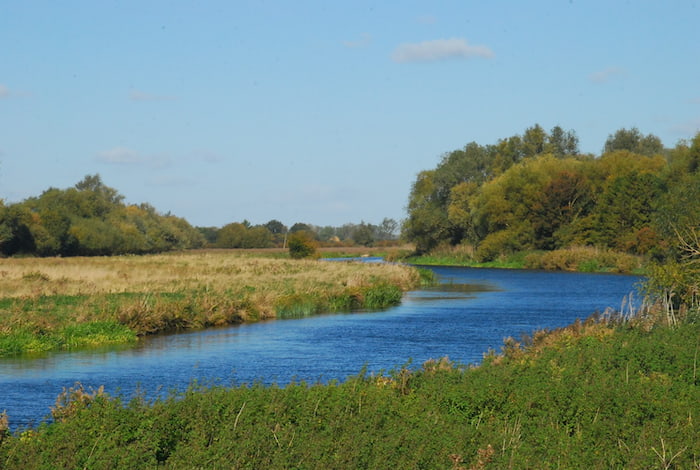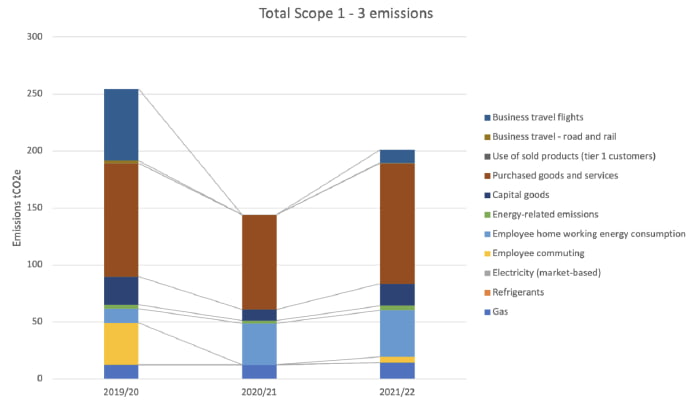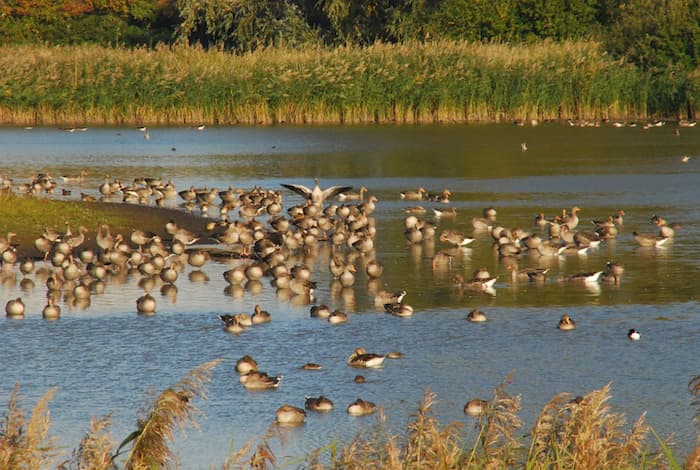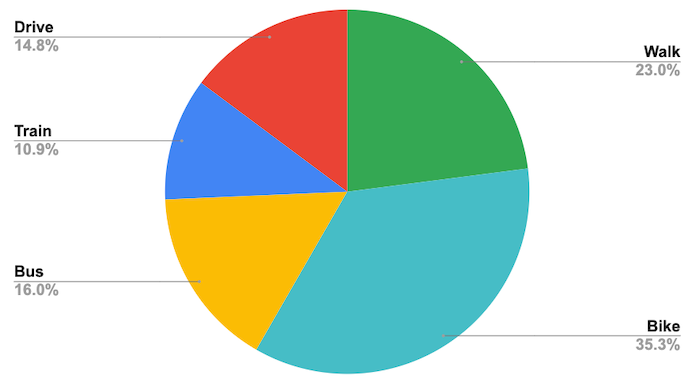“We’re on a highway to climate hell with our foot on the accelerator”.
That was the stark warning from UN Secretary-General, Antonio Guterres, at the COP27 Summit last month. The lack of coordinated global action on climate change is a reason for all of us to try harder individually.
We want to be Net Zero by 2030, and this is our progress report explaining what we’ve achieved in 2022. Read on for a reminder of our pledges, a summary of our total emissions for 2023, and details of what we’re doing next.

Cambridge Intelligence – carbon neutral now, net zero by 2030
We’ve been a carbon-neutral business since 2019. That means we’re countering the emissions we create through verified carbon capture mechanisms.
By 2030, we plan to be entirely net zero. That means we’ll strive to reduce our footprint to the bare minimum, and only offset emissions that absolutely cannot be avoided.
We’re doing this with the support of two organizations: Green Finch Environmental Consulting, who accurately calculate our total environmental impact, and TechZero, an organization helping the UK tech industry to fight the climate crisis.
Our environmental pledges
Alongside the 2030 milestone, we’re committed to making significant incremental improvements along the way. How are we doing?
Pledge 1: We will ensure our total gross emissions never exceed 2019/20 levels, even as we grow
Like last year, Green Finch performed a detailed audit of our activity during 2021/22. They reviewed everything, from how our people get to the office and how much energy is consumed through remote working, to how many sheets of paper we use.
In 2021/22, we were responsible for an estimated 201 tonnes of CO2 equivalent (tCO2e). That’s a 21% drop compared to our 2019/20 benchmark, but an increase compared to last year. The increase is mostly due to our growing team, resulting in more business and commuting travel.

Pledge 2: We will halve our gross carbon emissions by 2025/26, compared to 2019/20
As shown above, our latest total emissions were 21% down on 2019/20. This is a good start, but we’ve got work to do to hit our 50% goal with a growing team.
Pledge 3: we will keep our per-employee emissions below 2019/20 levels
As the team grows (we hit 70 people in 2022), we’re focusing on emissions per employee.
We’re proud to say our emissions per employee have nearly halved since 2019/20 – going from 5.5 tCO2e to just 2.9 tCO2e last year. This is great progress, especially given our shift to hybrid working.
Pledge 4: we will continue to be carbon neutral each year
As we move towards net zero, we’re committed to offsetting all our emissions.
We’re working with GoldStandard Projects again to offset the 201 tCO2e we created in 2021/22.

Pledge 5: We will prevent pollution and go beyond compliance obligations to improve our environmental performance
Since our last update, we’ve made our day-to-day activities greener.
We’ve switched to renewable energy sources, reduced our paper use, swapped office cleaning products for green alternatives, and found ways to reuse or recycle obsolete electronics.
The biggest impact, though, came from our improved travel policy. It’s helped us reduce business travel emissions by 82% since 2019/20, as we encourage everyone to embrace remote meetings and virtual collaboration.
Our popular cycle program gives all employees a free bike, too, making it easier to commute to our office by active transportation.

What we’re doing next
We know we still have some way to go before we can claim to be net zero, but we’re proud of the progress we’ve made so far.
Our Green Group meets regularly to suggest improvements. In 2023 we plan to:
- Install more insulation in our UK office, reducing heat loss and heating-related emissions
- Replace our office heating with a new, more efficient boiler
- Improve our secure cycle storage options, including facilities for charging e-cycles, so more people can leave their car at home
- Install low-energy LED lighting throughout the office
- Encourage and help staff to change their behaviors while working from home, including switching to greener energy suppliers
Our top 5 tips for a greener business
Part of the Tech Zero ethos is transparency about our progress towards net zero and sharing our best practices with other organizations.
In that spirit, we thought we’d share some of our most effective emission-reducing tactics, in the hope that others will find them useful.
- Embrace online collaboration – we’re all used to remote and hybrid working, but putting the right tools in place to facilitate online conversations makes a huge difference. Small tweaks to your travel policy can also greatly reduce travel-related emissions, without reducing your business’s overall success.
- Make it easy to ditch the car – we’re lucky to have an office close to bus and rail links, in the middle of one of the country’s most cycle-friendly cities. But there are things any business can do: providing secure cycle parking, having a generous cycle program and allowing flexible working so individuals can use cheaper off-peak rail tickets, for example.
- Insulate – we’re a little late to this one, but there are few building alterations that offer a comparable cost-benefit to decent insulation. It results in a warmer office, lower heating bills and a smaller carbon footprint.
- Switch to a greener AWS region – if you’re a software business, you probably have a hefty cloud services bill. Vote with your feet, and switch to a region or supplier that uses renewable energy.
- Run an eco-friendly office audit – when you start looking, there are small incremental improvements you can make throughout an office. And it all adds up: switching cleaning chemicals to eco-friendly options, printer paper to recycled paper, hand towels to hand driers, and mineral water for mains-connected dispensers. It all adds up.
Learning together
We’re always keen to learn from other organizations too. If you have net zero ideas you’d like to share, or would like to compare more detailed benchmarks for comparison, we’d love to hear from you.
We’ll continue to publish these updates as we move towards our 2030 goal. Check back here next year for our 2022/23 update.


